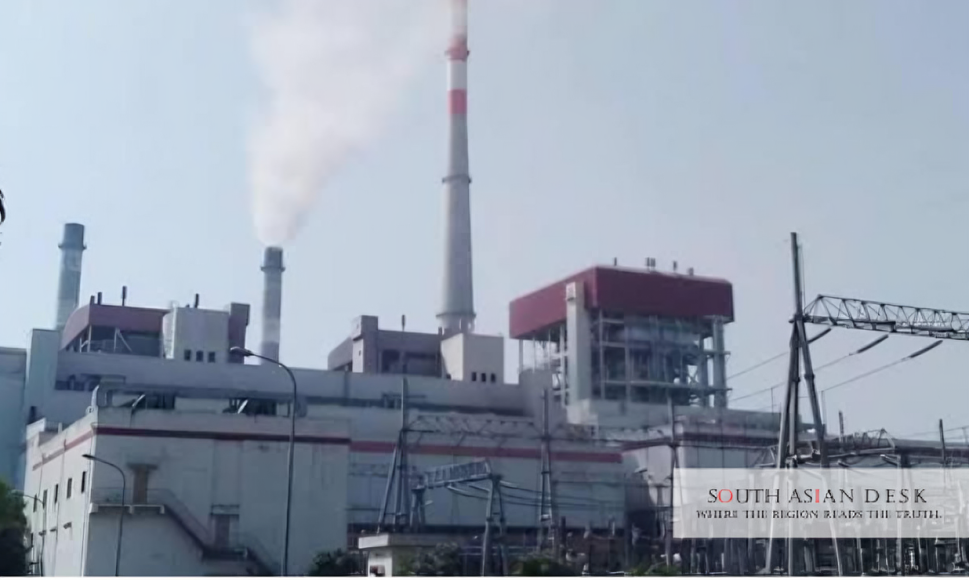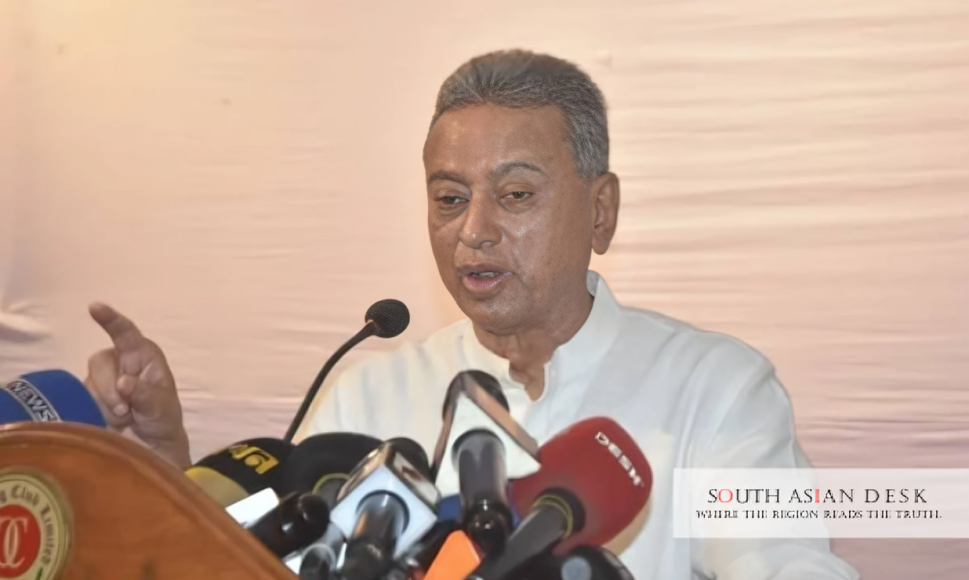The Barapukuria power plant shutdown has left northern Bangladesh without 200 MW of essential electricity for seven days, stemming from mechanical faults in two units since October 16, 2025. Located in Dinajpur district, the 525 MW facility serves 80,000 consumers across eight upazilas, where officials report intensified load shedding and voltage drops. How long will repairs take, and what does this mean for the region’s energy stability?
This Barapukuria power plant shutdown exposes cracks in Bangladesh’s power sector, a cornerstone of South Asia’s fastest-growing economy. With the country relying on coal for 5% of its 25,000 MW demand, disruptions here ripple through agriculture and small industries, potentially hiking food prices and stalling rural development. In a region prone to seasonal shortages, such events test the grid’s resilience and spotlight the need for diversified energy sources amid climate pressures.
Barapukuria Thermal Plant Mechanical Faults Halt Generation
The Barapukuria thermal plant mechanical faults struck swiftly, grounding operations at the state-run facility. Unit 3, a 275 MW behemoth commissioned in 2017, ceased output on Thursday, October 16, 2025, at 8:35 AM. Engineers pinpointed damage to four turbine governor valve steam sensors, critical for regulating steam flow and preventing overloads. This unit had been churning out 160-165 MW daily before the issue, consuming 1,600 tonnes of coal per day.
Three days later, on Sunday, October 19, 2025, at around 8:30 PM, Unit 1, a 125 MW unit from 2006 followed suit due to a separate mechanical failure, likely a boiler tube leakage. It contributed 50-55 MW prior to the stoppage, using 700-800 tonnes of coal daily. Unit 2, also 125 MW, has languished offline since November 2020 for renovations, now facing compounded damage that demands extensive fixes.
Abu Bakar Siddique, chief engineer at the plant, confirmed the sequence in a statement to reporters. “Efforts are underway to restart Unit 1, which will take about a week,” he said. “Unit 3 requires more time as several components must be thoroughly tested to avoid further machinery damage. We have contacted Harbin International Economic and Technical Cooperation Corporation, the Chinese manufacturer, and they will commence repairs once the unit cools sufficiently.”
The Bangladesh Power Development Board (BPDB), which oversees the plant, has not issued a formal press release on the incident as of Sunday, October 26, 2025. Daily generation logs from BPDB show national probable maximum demand at 14,850 MW on October 20, matched by generation capacity, but regional shortfalls persist without Barapukuria’s input. The facility draws coal from the adjacent Barapukuria mine, holding 460,000 tonnes in stockpile, enough for sustained runs if units resume. Yet full capacity of 525 MW has eluded the plant since inception, plagued by recurrent Barapukuria thermal plant mechanical faults.
Northern Bangladesh Power Crisis Barapukuria Exacerbates Outages
The Barapukuria power plant shutdown has ignited a northern Bangladesh power crisis Barapukuria, with blackouts stretching from dawn to midnight in Parbatipur upazila and beyond. Under the Parbatipur Palli Bidyut Samiti, 80,000 rural consumers face erratic supply, while urban demand of 6-7 MW in Parbatipur town receives just 3-4 MW, a 4 MW deficit hitting 20,000 households.
Md Ashraful Islam Mondol, chief engineer (operations) at the Northern Electricity Supply Company (NESCO), warned of broader fallout. “This will create challenges in meeting demand,” he stated. “To compensate, power must come from distant regions, leading to poor-quality electricity and low-voltage problems due to the absence of nearby generation.” Temperatures hovering at 32-33°C compound the misery, as fans and pumps falter amid surges.
Residents echo the strain. Abdul Malek, a local in Hamidpur Union, described the routine: “Electricity cuts out at any hour morning, evening, or night and stays gone for hours. It disrupts sleep and daily health in this heat.” Over the past two weeks, outages have doubled in frequency, per NESCO logs, forcing reliance on the national grid ill-equipped for the load.
Economic Toll on Agriculture and Mills
The northern Bangladesh power crisis Barapukuria strikes at the heart of Dinajpur’s economy. Rice mills, vital for processing the district’s paddy harvest, idle without steady power, potentially slashing farmer incomes by delaying sales and depressing prices. Shahidur Rahman Patowary Mohan, director of the Dinajpur Chamber of Commerce and Industry, decried the pattern: “One unit offline for five years, the others flickering on and off, this is unacceptable. The plant exists to fuel agricultural and socio-economic growth here. Without reliable electricity, Boro rice cultivation and winter vegetables suffer, driving up production costs and market prices.”
Irrigation pumps for upcoming crops now draw from strained reserves, risking yield drops in a region where agriculture employs 70% of the workforce. Small factories and auto-rickshaw chargers report 20-30% output losses, per chamber estimates. The Barapukuria thermal plant mechanical faults thus cascade into a $10-15 million monthly hit for local GDP, though exact figures await BPDB verification.
Background: A Pattern of Barapukuria Shutdowns
The Barapukuria power plant shutdown fits a troubling trend for the facility, operational since 2010. In February 2025, all units halted for four days over technical glitches, resuming partial output by February 22. Unit 3 alone idled for ten days in July 2025 after a similar fault, forcing the first unit to compensate briefly. Unit 2’s prolonged overhaul, initially budgeted at $22 million, now balloons with Harbin’s $23 million repair demand exceeding the original build cost for Units 1 and 2 combined. Siddique noted: “No decision yet on Unit 2. Inactivity has worsened the damage.”
Built with Chinese aid near the Barapukuria coal mine, the plant aimed to bolster northern supply independence. Yet chronic Barapukuria thermal plant mechanical faults, tied to maintenance lapses and part delays, cap output at 60-70% of potential. BPDB data from July 2025 lists it among 400 MW of forced shutdowns nationwide, underscoring systemic strains.
What’s Next for Repairs and Supply
Engineers target Unit 1’s revival by early November 2025, restoring 50 MW initially. Unit 3’s sensor replacements could extend into mid-November, pending Harbin’s on-site team. For Unit 2, BPDB weighs options amid fiscal pressures.
NESCO plans temporary grid reinforcements from Ashuganj, 300 km south, to ease the northern Bangladesh power crisis Barapukuria. Long-term, officials eye solar hybrids to buffer coal dependencies. As the Barapukuria power plant shutdown persists, swift action will determine if blackouts fade or deepen into winter.
This disruption reminds stakeholders of energy’s role in South Asia’s growth narrative, where one plant’s falter can unmoor communities.
Published in SouthAsianDesk, October 26th, 2025
Follow SouthAsianDesk on X, Instagram, and Facebook for insights on business and current affairs from across South Asia.






